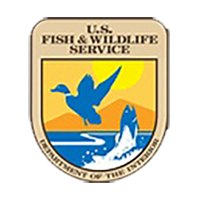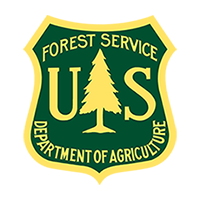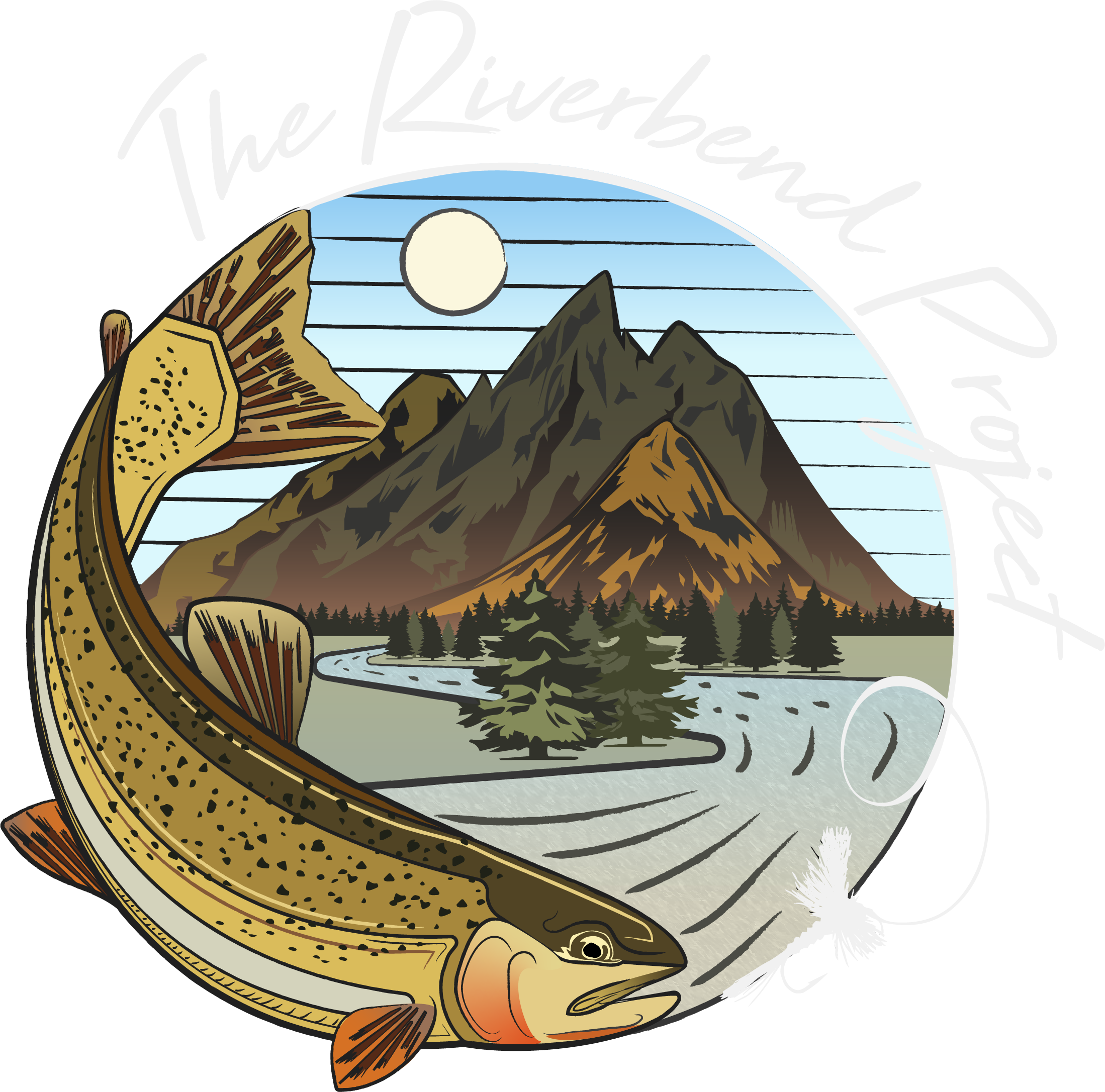$400
1-4 Persons per Guide





Throughout the course, our instructors will help you understand the fundamental strategy and technique for casting proficiently as well as understanding and correcting common casting mistakes. You will also learn a variety of knots employed by fishing guides, as well as some basic tricks to help increase the speed of the “tie time”.
In addition, we’ll teach and perform the most crucial elements of river safety and techniques to ensure our students have a basic understanding of what to do in an emergency situation on the river and give fly fishing enthusiasts peace of mind during their fishing expeditions.
So why wait? Register for a day of casting lessons for an impactful and impactful learning experience that will give you the knowledge you need to up your fly fishing game.
Clothing Layers:
Footwear:
Fishing Accessories:
Planning your visit to Jackson Hole is part of the adventure! For those flying in, Jackson Hole Airport (JAC) is the most convenient option, located just a short drive from our base. When it comes to accommodations, you’ll find a range of excellent options in and around Jackson Hole.
Let us know if you need more suggestions or assistance with your travel plans—we’re here to ensure your trip is as smooth and enjoyable as possible!


If you have any questions about your trip or experience any issues while booking, we’re here to help!
By Phone
By Email
Let us join you on your next excursion in Jackson Hole and discover an experience that is ideal for you or your group, as we provide fly fishing trips to suit all skill levels, from novice and kid-friendly outings to the most experienced anglers.
The Snake River is ideal in April, the last week of June, and throughout July, August, September, and October, but please note that only half-day trips are available during these peak times.
The Green and New Fork Rivers are excellent fishing spots year-round, except for late May and early June.
The Salt River follows the same schedule as the Snake, with prime fishing in April, the last week of June, and the months of July, August, September, and October.
We offer guided fly fishing trips in various locations around Jackson Hole, including the Snake River, The Green River, and The New Fork River. Our guides are experienced and knowledgeable about the best fishing spots in the region.
Absolutely! We provide beginner fly-fishing lessons for those who are new to the sport. Our instructors are patient and skilled at teaching the fundamentals of fly casting, knot tying, fly selection, and basic techniques. We aim to ensure that beginners feel confident and comfortable on the water.
When you book a guided trip with us, we will provide all the necessary fly-fishing gear, including rods, reels, flies, and terminal tackle. However, you’ll need to bring appropriate clothing, such as waders and a fishing hat, sunscreen, sunglasses, and any personal items you may need during the trip.
Yes, we have a range of waders and boats available for our clients to use. Whether you prefer fishing from the bank, wading in the river, or floating on a drift boat, we can accommodate your preferences and provide the necessary equipment.
Absolutely! We offer an outfitting service to assist beginners in selecting the appropriate fly-fishing outfit and tackle. Our experienced staff will help you choose the right rod, reel, line, and other gear based on your needs, budget, and fishing goals.
Fishing licenses can be purchased online through the Wyoming Game and Fish Department’s website. You can also visit local sporting goods stores or the Game and Fish Department office in Jackson Hole to obtain a fishing license.
The Wyoming Game and Fish Department’s website is the best resource for fishing information and the rules and regulations specific to the state. It provides up-to-date information on fishing seasons, limits, special regulations, and any closures or restrictions that may be in place.
The weight of the rod, reel, and line you should purchase depends on the type of fishing you plan to do. In our area, a 4-6 weight rod is versatile and suitable for most trout fishing situations. Match the reel and line to the rod weight for optimal performance.
For most trout fishing situations, a weight-forward floating line is the most commonly used and versatile option. It allows for easy casting and presentation of flies on the surface or just below it. However, specific fishing conditions or techniques may require different types of lines, such as sinking or sinking-tip lines.
Typically, 100 to 150 yards of backing is sufficient for most trout fishing scenarios. To attach the backing to the reel, you’ll first tie an Arbor Knot around the reel spindle. Then, wind the backing onto the reel, making sure it is evenly distributed and tightly wound.
Fluorocarbon leaders are less visible underwater than monofilament leaders, making them advantageous in situations where fish are particularly wary or the water is clear. Mono leaders, on the other hand, tend to be more supple and are better suited for dry fly fishing or situations where presentation and delicacy are crucial.
Tippet is a separate, thinner section of monofilament or fluorocarbon line that you attach to the end of your leader. It allows for easier fly changes and serves as the final connection between the leader and the fly. To attach tippet, use a surgeon’s knot, blood knot, or a loop-to-loop connection.
Mayflies are aquatic insects that belong to the order Ephemeroptera. They are an essential food source for trout and other fish species in many rivers and lakes. Mayflies have a distinct life cycle, transitioning from nymphs (juveniles) to emergers and then adult winged insects. They are known for their delicate appearance and the hatches they create, attracting feeding fish.
Nymphs are the immature stage of aquatic insects, including mayflies, caddisflies, and stoneflies. They live underwater and resemble miniature versions of the adult insects. Nymph patterns imitate these underwater insects and are often used to catch fish when they are feeding below the water’s surface.
Dry flies are designed to imitate adult insects that float on the water’s surface. They are typically made with materials that make them buoyant, such as feathers or synthetic fibers. Dry fly fishing involves casting the fly onto the surface and imitating the movements of an insect in distress or laying eggs, enticing fish to rise and take the fly.
Streamers are large, often bulky flies that imitate baitfish, leeches, or other large aquatic creatures. They are typically fished below the water’s surface, either by stripping or swinging them through the water. Streamer fishing is often associated with targeting larger predatory fish, such as trout, bass, or pike. The action of the streamer can trigger aggressive strikes from these fish.
EXCELLENTTrustindex verifies that the original source of the review is Google. FANTASTIC experience!!! Friendly, knowledgeable guides. They were patient and wonderful with our group of first timers! Next time I will pack a cooler of beer ;)Trustindex verifies that the original source of the review is Google. I had a wonderful experience with Nic , fishing both the Snake and the Salt rivers. His knowledge of the sport is second to none. I will definitely be back next year for another trip!! Very professional guide service from start to finish!!! Thank you for an amazing experience!!Trustindex verifies that the original source of the review is Google. Where do I begin? I came in nervous about the trip. But Ryan made the whole day a blast. He was very knowledgeable on the river and made us feel very welcomed. I would definitely recommend Teton Troutfitters to anyone looking to get out and catch a trout on fly. A+ on the day!!Trustindex verifies that the original source of the review is Google. Fly fished globally for many years. Some great guides in Jackson and these guys are part that.Trustindex verifies that the original source of the review is Google. TETON TROUTFITTERS ARE THE BEST!! We had Ryan as our guide and he knew EXACTLY where the cutty’s were. I’ve gone on many fishing trips with my partner but this is the first time I didn’t want to leave and I will for sure be coming back. I caught my first trout on a dry fly at the end of October. These guys are the best, 10/10!!!!Trustindex verifies that the original source of the review is Google. Mike was great and we had a blast fishing the Snake River, thanks!Trustindex verifies that the original source of the review is Google. This was one of the best fishing experiences I’ve ever had and I couldn’t think of a more beautiful place to have it. Also if you’re coming to Wyoming and you want to fish, Teton Troutfitters is the way to go. Nic was an amazing guide. He was so efficient at getting us into some fish. Some of most fish we caught were in spots where we watched other guide services breeze right through and I attribute that directly to Nic’s knowledge of the river and where the fish are. Nic also gave me so many tips and pointers that I think will benefit me greatly when fly fishing by myself back home. This company exceeded my expectations and if I am fortunate enough to come back to Jackson, I will definitely be booking with Teton Troutfitters. Thanks guys!Trustindex verifies that the original source of the review is Google. We had a FANTASTIC time. Great guides and great weather. Mike, Warren, and Rainey were top notch. We will be coming back, no doubt.Trustindex verifies that the original source of the review is Google. Had an awesome day fishing with Ryan a few weeks ago. 10/10 experience. I've been out a bunch over the years (although never on the Snake River) but it was my girlfriend's first time fly fishing - he did a great job teaching / guiding us both and is overall just a great guy / fun person to be out there with. We both caught a ton of fish. Looking forward to getting back out there next summer.Trustindex verifies that the original source of the review is Google. My daughter and I fished the Snake River Canyon with Ryan in August of this year. We had a great day, and Ryan was an excellent guide. While he takes his fishing seriously, he was also great about keeping light, with great tips and instruction when needed. Plenty of fish came to the boat, but even if they didn’t it would have been a great and memorable day. Thanks Ryan!




A permittee of the Bridger Teton National Forest, an equal opportunity provider
• Proud supporter of The Riverbend Project •
Discover more things to do in Jackson.
A Peak CRTVE Web Design
© Teton Troutfitters, LLC 2025. All Rights Reserved.